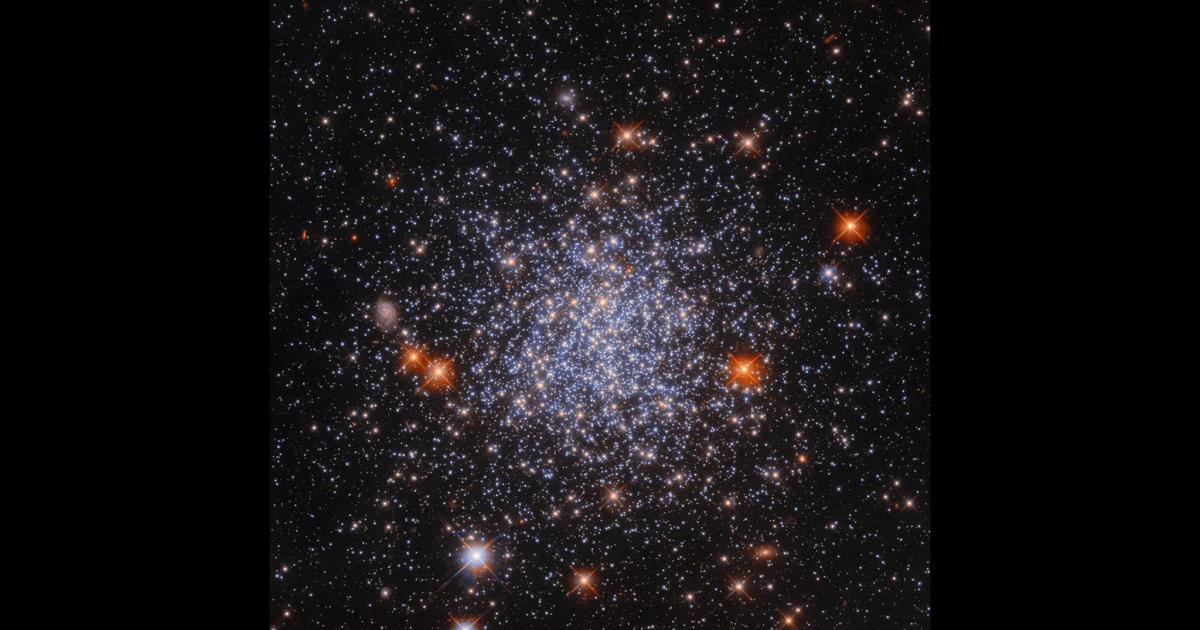162,000 light years away from Earth, the globular cluster (a spheroidal collection of stars orbiting the center of a galaxy) NGC 1651 is part of the Large Magellanic Cloud, a “dwarf galaxy” satellite of our Milky Way.
A noteworthy feature of this shot, explains NASA, is that the cluster NGC 1651, with a diameter of about 120 light years, almost completely fills the image.
In other Hubble photos, entire galaxies, hundreds of millions of light years in diameter, can be seen filling the same frame.
Common thought is that large telescopes observe objects of very different sizes by magnifying them, as one would with a camera lens here on Earth. But unlike small telescopes that can zoom in, large telescopes have a fixed “field of view.”
The reason why Hubble can observe objects of such different sizes is twofold: on the one hand there is the distance of the object, which determines how large it will appear from Earth. So immense distant galaxies may appear similar in size to a relatively small object, such as NGC 1651, which however is closer. On the other hand, there is the possibility of composing a mosaic of photos via software, to create a single image of objects that would be too large for Hubble’s field of view.

